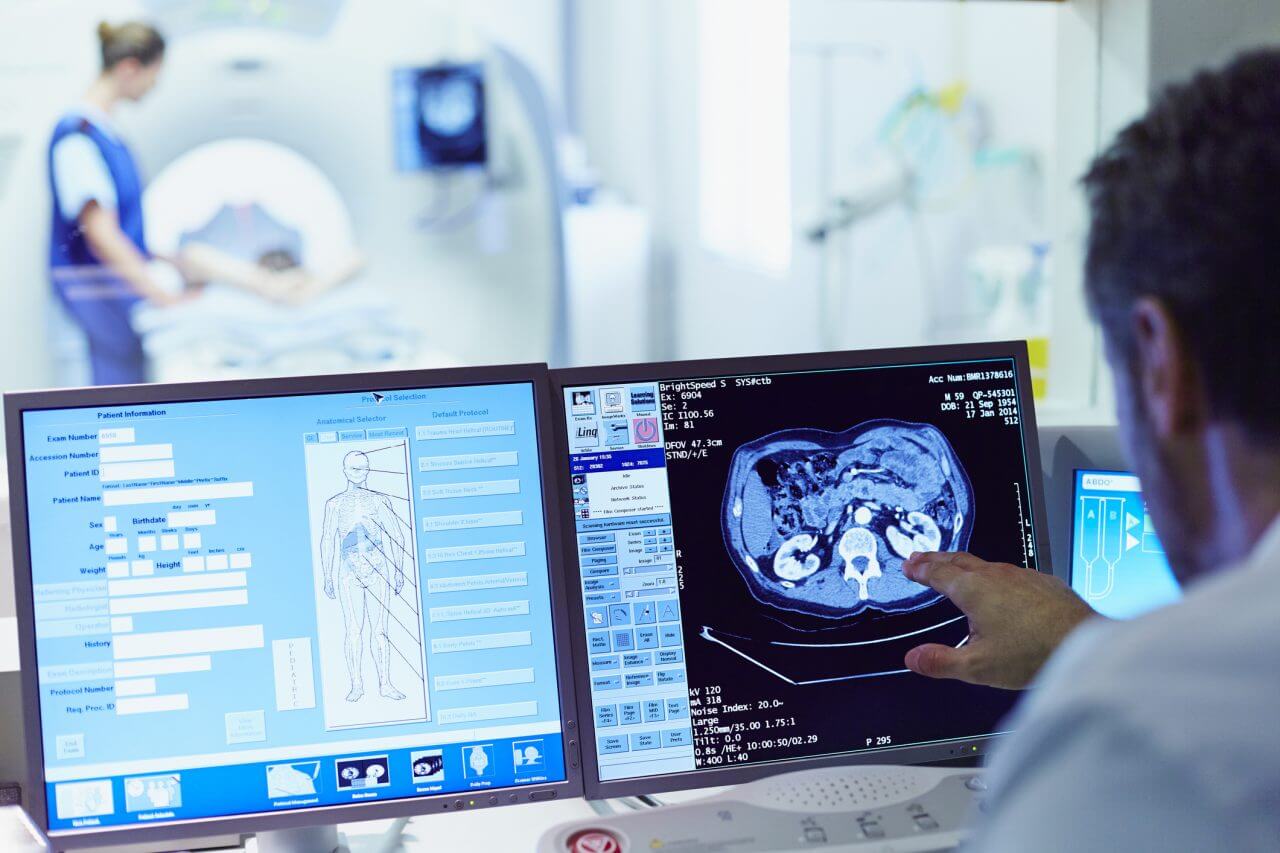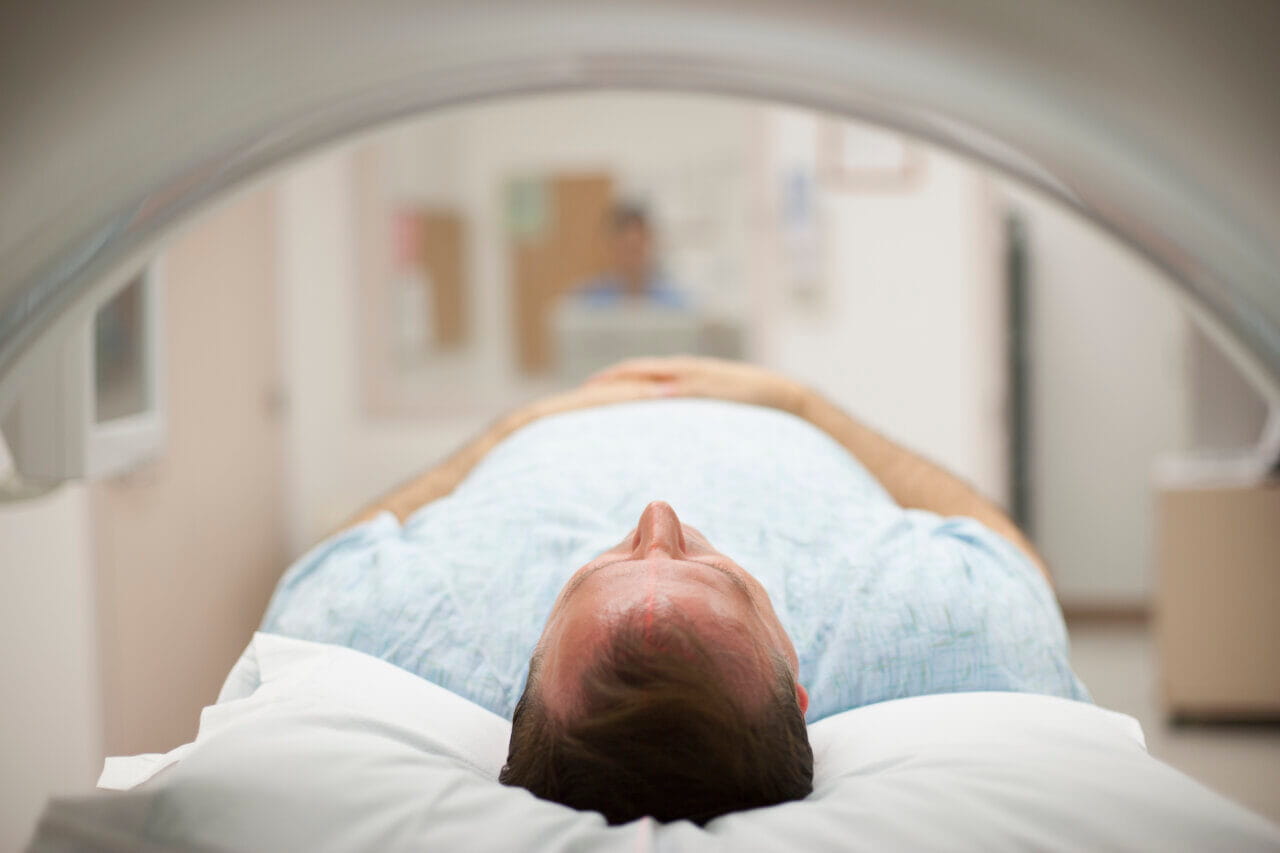What is the Difference Between an MRI and a CT Scan?

CT scans (short for “computed tomography” and sometimes called a “CAT scan”) and MRI scans (from “magnetic resonance imaging”) are common ways to produce images of internal structures and areas in the human body. While their general purpose is the same, they use different technology, are prescribed in different situations and have different benefits and risks.
What is a CT Scan?
A CT scan uses X-rays to create an image of an area of the body. Unlike a simple X-ray that produces a single image, a CT scan uses a series of images taken from different angles to produce a detailed, cross-sectional picture of a particular area or structure. CT scans are generally used to detect and assess issues like bone fractures, internal bleeding, tumors and cancer.
CT scans are generally used to detect and assess issues like:
- Bone fractures
- Internal bleeding
- Tumors
- Cancer
What is an MRI?
An MRI creates an image of the inside of the body using radio waves and magnets. The radio waves are reflected by substances like fat and water in the body and recorded by a receiver. The MRI machine then translates the data into an image that can be used to assess the condition of a particular area. MRIs are commonly performed to diagnose issues in many parts of the body including blood vessels, the brain, the heart, breasts, ankles and wrists.
MRIs can help diagnose issues in many parts of the body, including:
- Joints including wrists, ankles, knees, and back
- Blood vessels
- Brain and spinal cord
- Abdominal organs
- Breasts
CT Scan vs. MRI
CT scans and MRIs each have their own benefits and drawbacks. While both procedures are safe, CT scans use X-rays, whereas MRIs use radio waves. Other differences between MRI and CT scan include:
- MRIs produce more detailed images of soft tissues and internal organs than CT scans.
- CT scans can be completed in approximately five minutes, whereas MRIs can take anywhere from 15 minutes to two hours.
- With MRIs, patients must ingest a dye that helps produce contrast in the image.
- Patients must remain perfectly still during an MRI, whereas movement is less of an issue with a CT scan.
- CT scans cost less than MRIs.
A CT scan is typically used in trauma situations, for assessing abdominal pain, and to evaluate conditions affecting the chest. An MRI may be called for when assessing the spine, dementia and other neurological issues affecting the brain, and problems with joints, tendons and ligaments.
Risks
In considering a CT scan vs. MRI, your doctor takes into account the risks associated with the procedures. For example, the strong magnetic field produced by an MRI can be problematic for patients who have metal objects inside their body including things like artificial joints, pacemakers and intrauterine contraceptive devices (IUDs). Also, MRIs are performed in the small, tube-like area of a machine, which can cause claustrophobia in some patients. Plus, the machine is very loud, which can be uncomfortable for some people. With CT scans, the limited amount of radiation used does pose less risk.
When to Choose a CT Scan vs. MRI
Your medical needs will be the determining factor in the issue of CT scan vs. MRI. A CT scan is used when a general image of an area is needed for diagnostic purposes. This can include imaging of internal organs, bone fractures or head trauma.
An MRI will be ordered in situations where more detail is required. For example, if your doctor needs to be able to take a close look at soft tissues, ligaments, or organs, an MRI is more appropriate. So, from your doctor’s perspective, the question isn’t “Which is better, MRI or CT scan?” but rather “What can a CT scan show that an MRI cannot?” and vice versa.
Baptist Health provides safe and efficient inpatient and outpatient diagnostic imaging for adults and for children. As one of the area’s most advanced diagnostic imaging centers, our services are fully integrated with our excellent medical care. In this way, we work together to detect the earliest signs of disease or injury and provide expert treatment.



